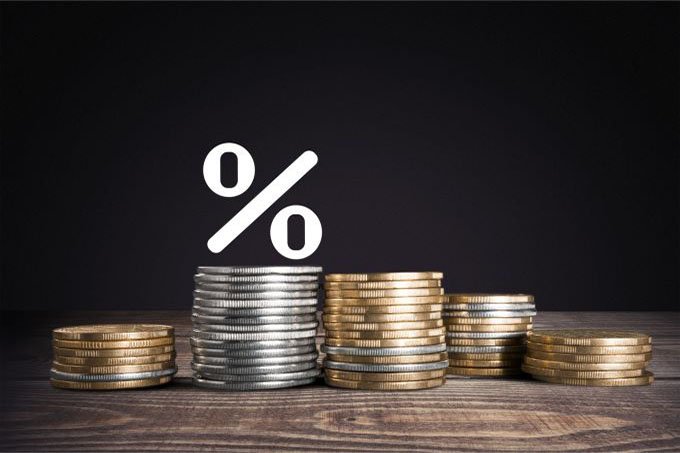 The Reserve Bank of Australia decided to leave cash rates unchanged at 0.1%, in line with expectations and the bank's policy since November 2020.
The Reserve Bank of Australia decided to leave cash rates unchanged at 0.1%, in line with expectations and the bank's policy since November 2020.
Since the beginning of the pandemic, the bank has cut cash rates thrice in an attempt to aid economic growth. It has also employed other measures, such as providing local financial institutions with cheaper debt funding.
The bank signaled as well that they intend to keep cash rates unchanged until inflation levels are more in line with the bank's target, which is now between 2 and 3 percent. Inflation expectations have improved recently, rising from record lows to something closer to the bank's target, though this improvement is expected to be temporary because of the reversal of some effects of the spread of COVID-19.
Regarding the economy, RBA Chairman Phillip Lowe said that despite the fact that there are still considerable uncertainties regarding the global economic performance in the future, the situation is improving.
“The rollout of vaccines is supporting the recovery of the global economy, although the recovery is uneven,” said Lowe. “Global trade has picked up and commodity prices are mostly higher than at the start of the year. Inflation remains low and below central bank targets.”
The current situation of the economy has been getting better. Unemployment stood at 5.8% in February, though the bank considers that as still too high, while the GDP rose by 3.1% in Q4 of last year. This improvement in the economy was mostly driven by a rise in household consumption.
“Household and business balance sheets are in good shape and should continue to support spending,” continued Lowe, adding that despite this, wage and price pressures are expected to remain subdued.
Lowe also commented about the current situation of the housing market, pointing out that it has strengthened and that housing credit has risen mostly due to a rise in demand from first home buyers.
“Given the environment of rising housing prices and low-interest rates, the bank will be monitoring trends in housing borrowing carefully, and it is important that lending standards are maintained,” said Lowe.
The Reserve Bank of Australia is set to release its financial stability review this week.
By 12:12 GMT, the Australian dollar fell by 0.25% against the US dollar, falling to the 0.7630 level.
